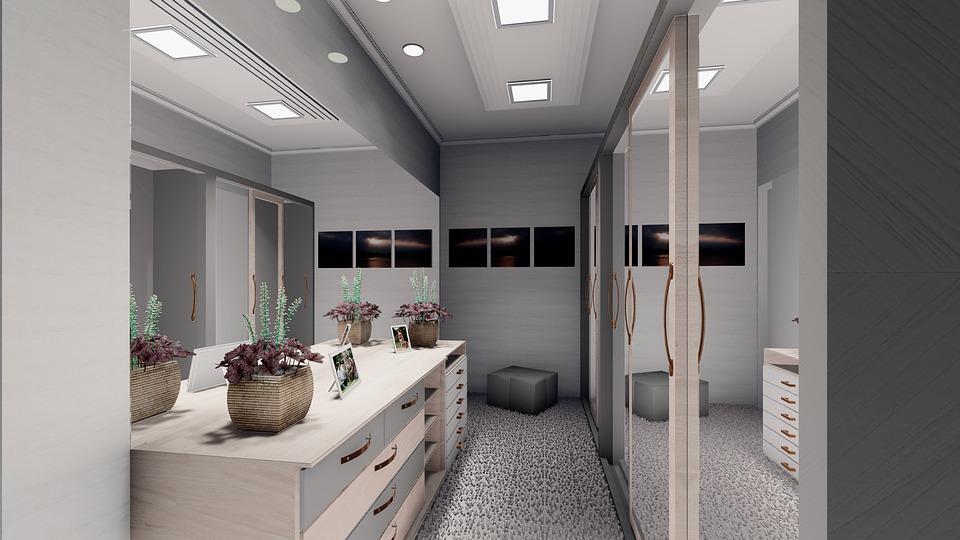
5 Interior Design Ideas For Small Spaces
By Wendy Dessler
Getting The Most From The Least
Housing becomes increasingly expensive as we tend to pay more for, essentially, less. So in order to sidestep this difficult obstacle, a good option may be to buy a smaller home. However living in a small space can be difficult. If you’re considering this you want to be especially strategic about how you maintain your home. Maximizing small spaces can free up your property immensely for example by using the following, five interior design strategies:
Sight-Lines: Windows, Mirrors, Pictures And Blinds
Part of what makes a space feel confined is sight-lines. If you’ve got nothing to look at, that sort of bores the mind, if you will. That’s an oversimplification of the psychology involved; but here’s the point: you need to liven things up.
If you can install windows put in as many as you can while maintaining structural stability. Add in mirrors, they spread light. Put interesting pictures on the walls. Have paintings or other artwork on the backs of blinds so when they pull down the eye has something else to look at. This makes small spaces feel large.
- Vertical Storage And “Stacking”
This may take a bit of remodeling but figure out ways of storing things vertically rather than horizontally. You might even do this in the bedroom. Consider a master bed lifted four feet off the ground with a low-lying couch or desk beneath. You could go higher or lower, depending on your roof-space. But if you stack, you can increase a room’s utility.
- Space-Conforming Furniture
Couches that wrap around walls, architecture that can be made to serve a furniture purpose, or cabinetry you build around a wall itself can all help conserve space while retaining utility.
- Compartmentalization
A partition with, say, an oriental pond on the back full of stylized koi fish could be a perfect way to cut a room in half. On one side you might have a desk, on the other the children’s play area; or an entertainment center.
Cubicles can be used this way, and you can decorate them as fits your preference. Just position the walls to cordon off space, and make each section into something useful to those in the house.
- Foliage
One of the reasons so many Japanese households feature plants like Bonsai trees is because their microcosmic environmental representation of exterior natural ecosystems in some way makes a space feel less small. Plants tend to have this effect. You might get some bamboo plants, a few hanging flower pots, or even—if you’re bold enough—a vine that you maintain. Plants help recycle the air in a home, and they break up sight-lines, putting a spot of color where otherwise manufactured hues would be. This increases the sense of spaciousness.
Once you have a bit of foliage, partition space, build vertically, conform furniture to the area you’re in, and break up sight lines then even a tiny area can feel big. Look at what resources you have available, and then consider what you want.
When you save a bit, you can afford to spend more on the interior, maximizing value, and your own subconscious appreciation of where you live. When you get down to it, it’s how you feel in the space. Find ways of making it feel larger than it is, and you may be surprised at the possibilities.
